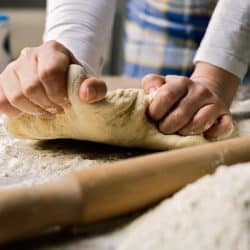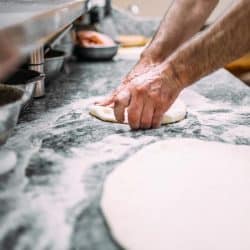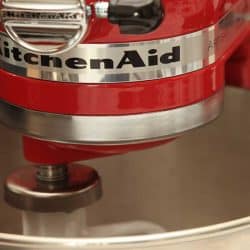Making your own dough is a pretty straightforward process, but there are times when the texture or the feel of your product isn't what you expect. On some occasions, the dough can become sticky, and we've encountered a lot of questions about this. In this post, we're going to look into the reasons why this happens and what methods we can do to prevent it from happening.
Dough that tends to be too sticky is typically caused by having too much water in the dough. To fix this, you should sprinkle just enough flour to cover your work surface and hands to prevent the dough from sticking to you before kneading it for a few minutes.
Knowing the reasons why your dough is sticky can be a bit confusing. In this post, we will talk about the reasons why your dough is sticky and what you need to do. Keep reading as we also share some tips on how to knead your dough, as well as ways on how you can work with dough for different baked products.
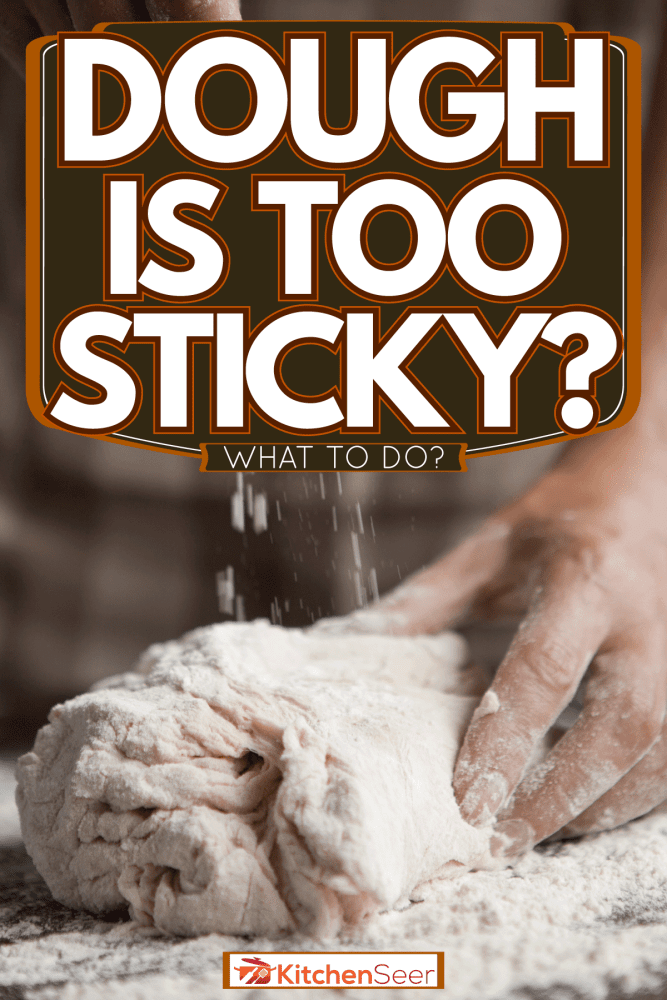
Dough Is Too Sticky - What To Do?
If you are a beginner, dough making can be a little challenging. While the recipe reads pretty easy on paper, the actual process can be a little tricky, especially if other factors can affect the dough you are making.
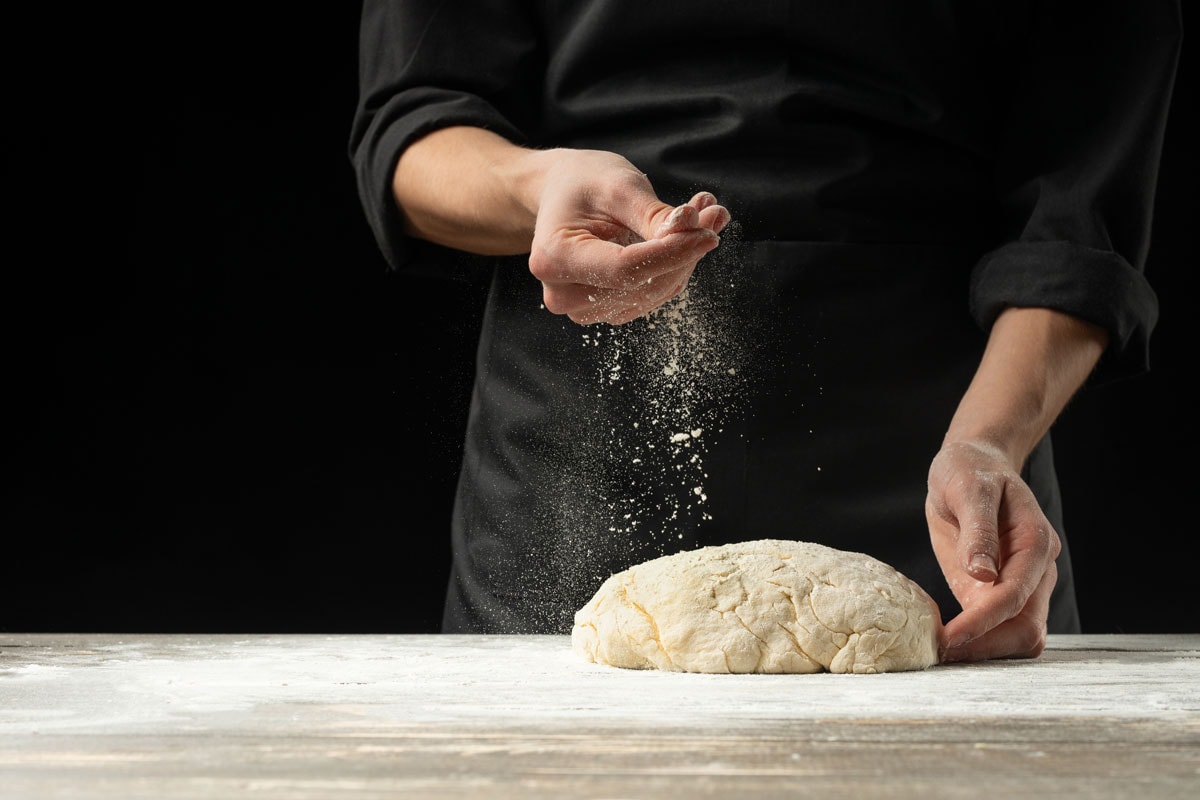
Making the dough is a precise science, and it does require skill and a little experience for you to make it perfectly each time. If you're just starting out, don't worry! With a little practice, you should be able to figure out how many ingredients you will need when you make a dough, as well as how to work with it.
How Sticky is Too Sticky?
One of the problems a lot of beginners experience when making dough is that they find that it is too sticky. Ideally, the dough shouldn't be sticking to your hands and on your work surface, and it should form into a nice tight ball. If you find that your dough is acting this way, you're probably wondering how you can fix it.
More Flour Isn't Necessarily the Answer
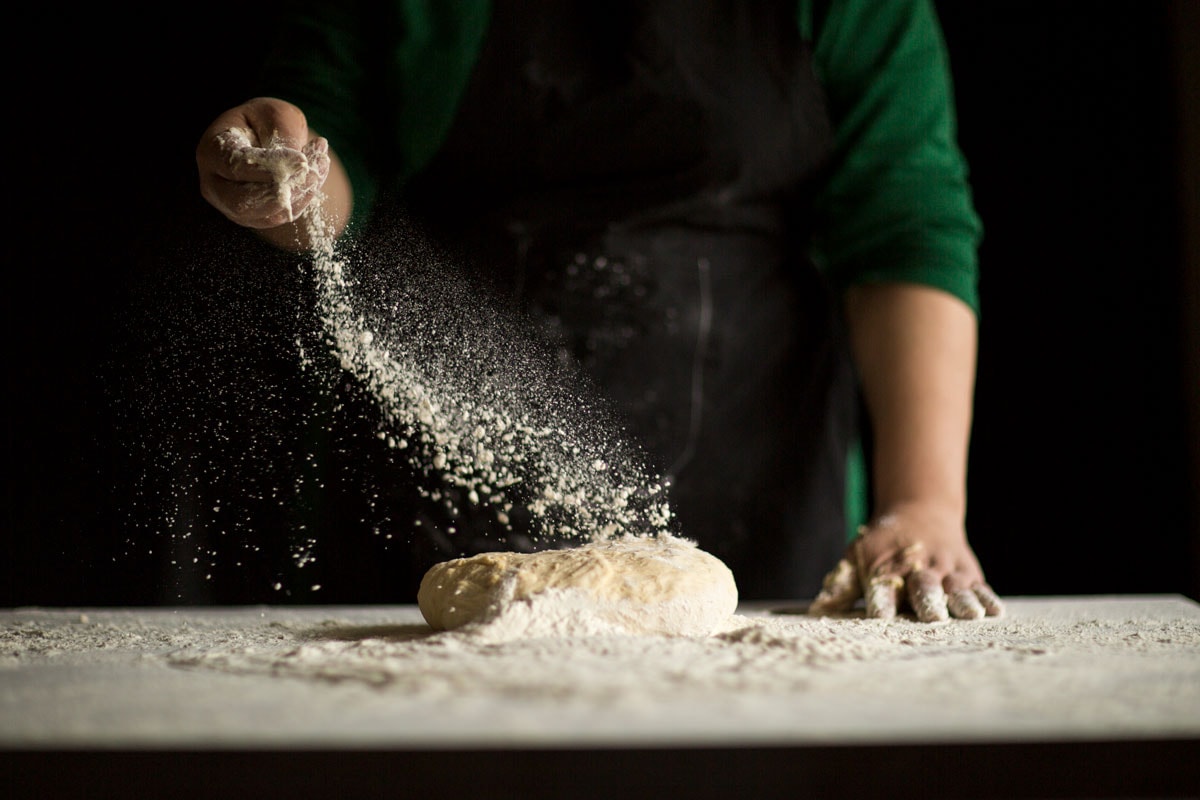
If your dough is too sticky, resist the urge to add more flour to it. A lot of beginners make this mistake because flour is known to absorb moisture. However, adding more flour unnecessarily to your dough might cause it to dry out, and you are most likely ruining it instead of fixing it.
Use just enough flour to dust your work surface and your hands. This small amount of flour will get incorporated into your dough as you continue kneading it. Using too much flour will ruin the dough, and the real technique to make it less sticky is to work the dough well to make it a lot tighter.
Keep Kneading
What you want to do to make the dough less sticky is to keep kneading it. Kneading helps develop the gluten in the dough, and when the gluten has developed enough, the dough will lose its tackiness. The well-kneaded dough will pull away from the work surface and from your hands, without needing additional flour.
You should also use dough scrapers to help you move the dough around on your work surface. You will usually find two types of dough scrapers: plastic and metal scrapers.
Check out these plastic dough scrapers on Amazon.
While both can be used to shape and cut the dough, plastic is a lot more flexible so you can use it while the dough is inside the bowl. Metal scrapers though are better when moving the dough on the work surface.
Get this metal scraper on Amazon.
Why Is The Dough Too Sticky?
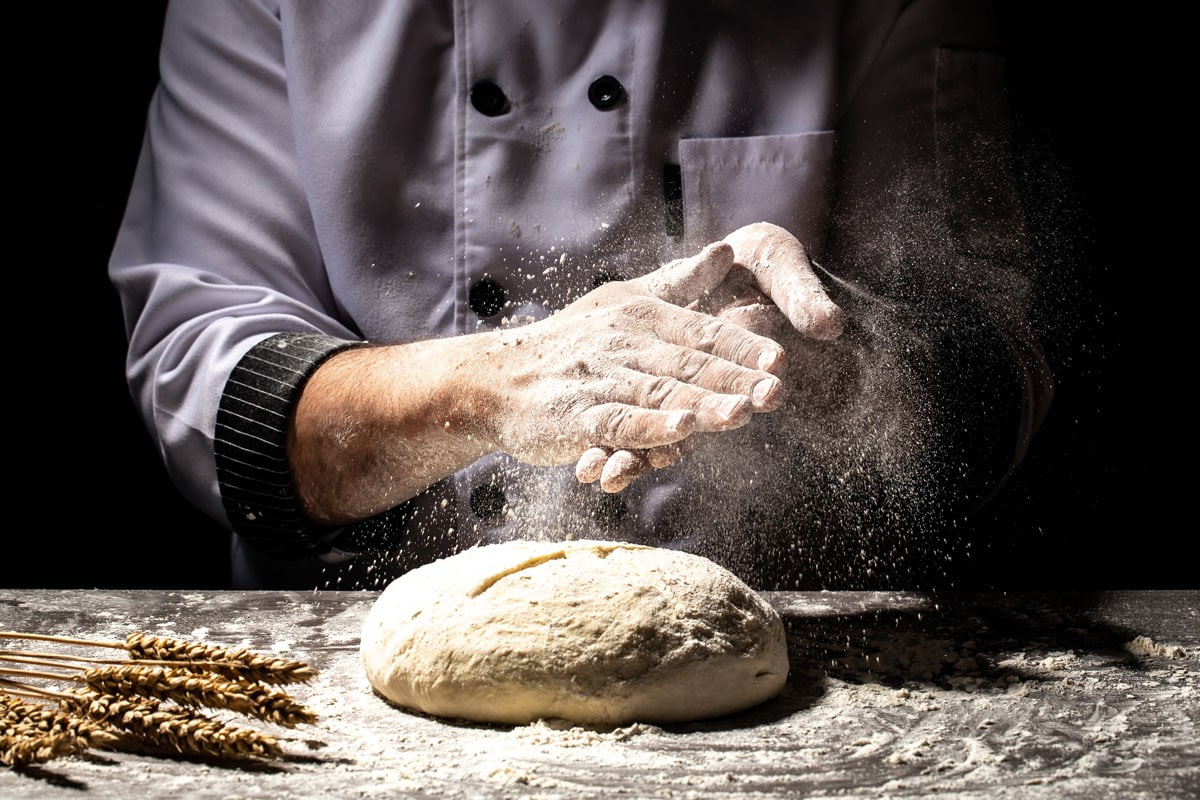
There are many reasons why your dough tends to be sticky. The most common reason why dough is sticky is that there is too much water in the dough. Technically speaking, dough only needs a few ingredients—flour, yeast, sugar, salt, and water. Different types of doughs have different proportions, which is why some of them are dry while others tend to be wet.
Know Your Dough Hydration
For inexperienced bakers and beginners, it would be best to start with a dough that requires a lower water content. This is what we call a low hydration dough. These doughs are easier to work with because they are firmer and they are stiffer to work with. As you get to do more dough recipes in the future, you will find that there are different hydrations for different doughs.
Choose the Right Flour
The right flour should also be used to create the perfect dough. For the dough, it is important that the flour used have high protein so that the gluten can form stronger bonds. Depending on the type of dough recipe that you will be making, make sure that you choose the right flour for that recipe. Do not try to use alternatives as they might not work as well as you would hope.
Be Aware of the Humidity Level
Another reason why your dough might be too sticky is the environment you are working with. As we all know, the dough has flour, and flour will absorb moisture. Unfortunately, moisture isn't only in the water you add when you make your recipe. It is also in the air around us.
On certain occasions, your dough recipe might not work as well as it is intended to if the weather is too humid. You will probably see this if you make a bread recipe on a particularly dry day versus a humid day. If you're working with the dough when the humidity is high, try to add your water a little at a time because the flour might absorb more water than it needs.
How To Knead Sticky Dough
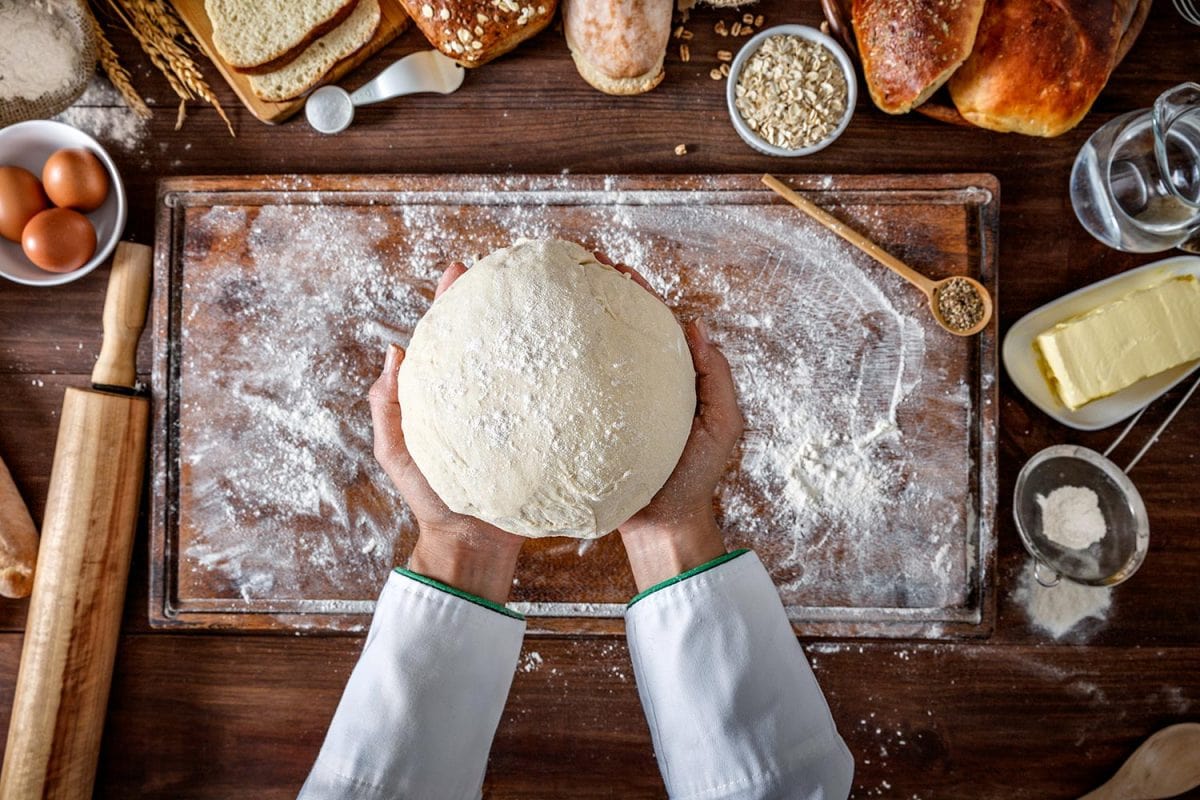
Kneading sticky dough is pretty easy because all you need is patience and a lot of practice working with it. There are certainly many techniques when making different dough recipes, and you can use any of them when you make one.
For doughs that tend to be stickier (or have higher hydration), a favorite of bakers is the French fold technique. An easier way to explain this method is that it is sometimes called the slap and fold, which is, essentially, what you do with the dough. When working with the dough, bakers stretch the dough and fold it in on itself a number of times until the dough is well-kneaded.
How To Do the Slap and Fold
- Mix all the ingredients for the dough until no lumps remain. Flip the entire mixture onto the table or work surface.
- Take the dough with your hands and place your fingers underneath it, with your thumbs poised right on the top of the dough.
- Lift the dough and flip it over. You can whack it on your table to further work the gluten in the dough.
- Stretch the dough towards yourself before folding it into the dough, away from you.
- Repeat the steps until the dough is kneaded well.
How To Fix Different Kinds of Sticky Dough

There are many kinds of dough that you can make to create several yummy foods. They might all be different, but it is still a problem if your dough is a bit too sticky to work with. Here are some tips on how to fix this problem:
Bread Dough
When making bread, do not incorporate all of the water while you are making the dough. Start with about 60% of the water needed, and work your way by slowly adding more to the dough. If the dough is still too wet before kneading, slowly incorporate the flour by dusting your work surface and hands liberally during the first kneading process until the dough is workable.
Pizza Dough
Pizza dough is generally wet, but you will generally get a tighter dough ball after you've kneaded it for about 10-15 minutes. If it is still too sticky, slowly add the flour like what you would do with the sticky bread dough.
Cookie Dough
There is no other way to fix cookie dough other than adding more flour to your recipe. Since cookie dough doesn't have to be kneaded, the only way to get the moisture out is to add dry ingredients to absorb all the wetness in the dough.
Final Thoughts
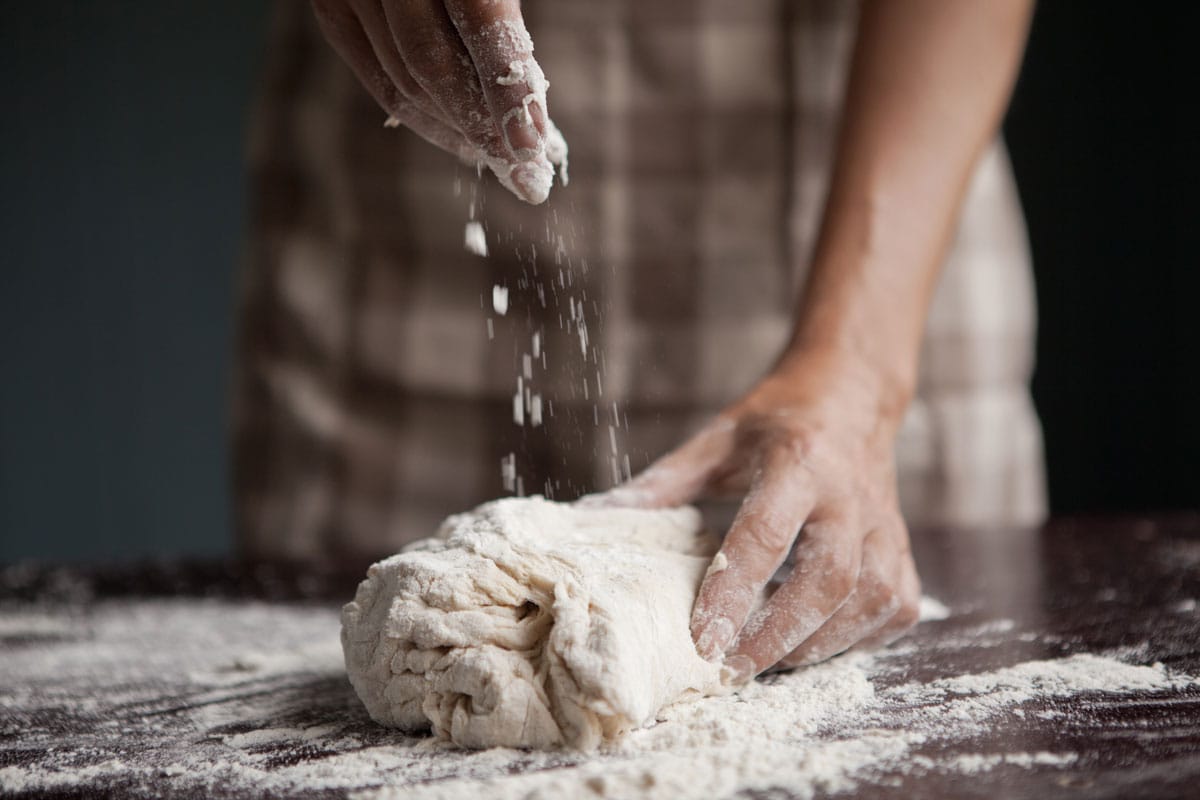
Ending up with a sticky dough after you try to make them doesn't mean that you've completely ruined your recipe. Sometimes, the dough does tend to be sticky, and it will require a lot of work before you can make it turn into the perfect texture that you'd like. However, with a lot of practice and experimentation, you should be able to get to that dough-making mastery you aspire to.
Are you looking to learn more about making and using the dough for cooking? We've got a couple of articles that you might find really interesting:
How Long Does Dough Last In The Fridge?
How To Store Bread Dough Overnight [A Complete Guide]



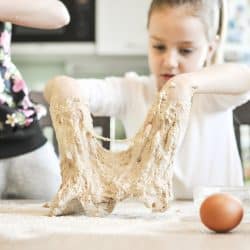
![Baker man hands breadmaking kneading bread dough, How Long To Knead Bread [By Hand And In A Mixer]](https://kitchenseer.com/wp-content/uploads/2021/03/Baker-man-hands-breadmaking-kneading-bread-dough-250x250.jpg)
